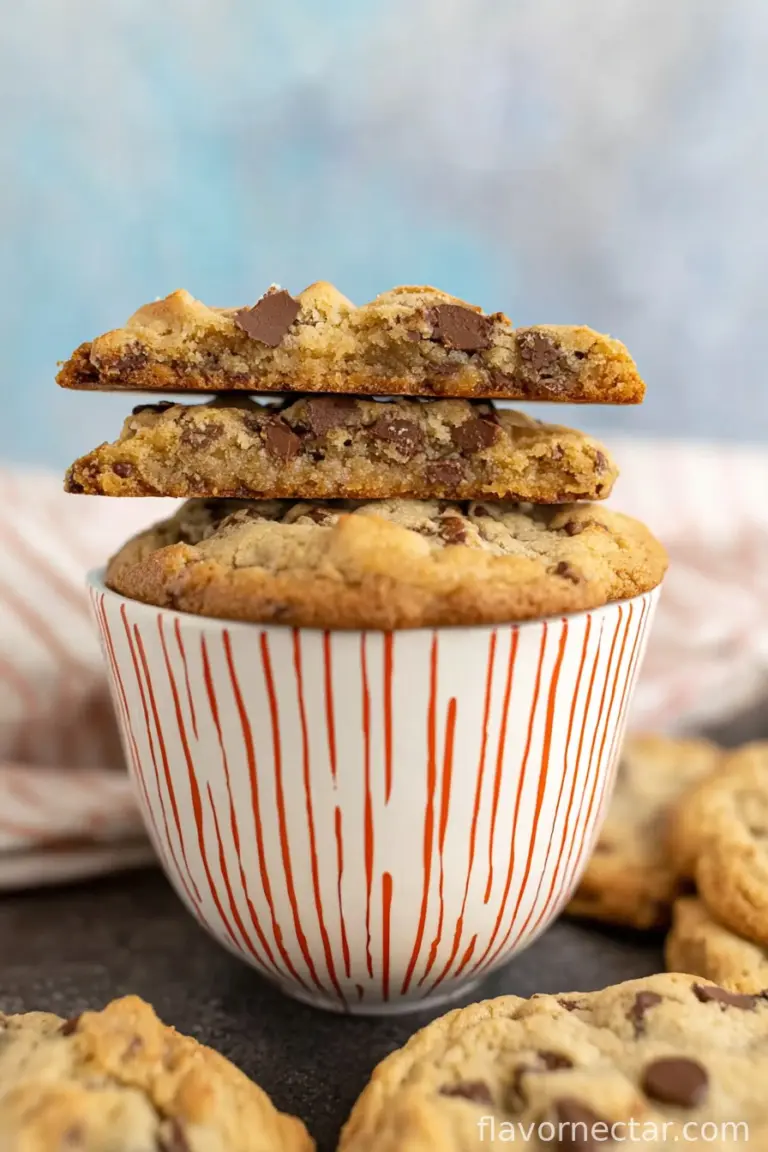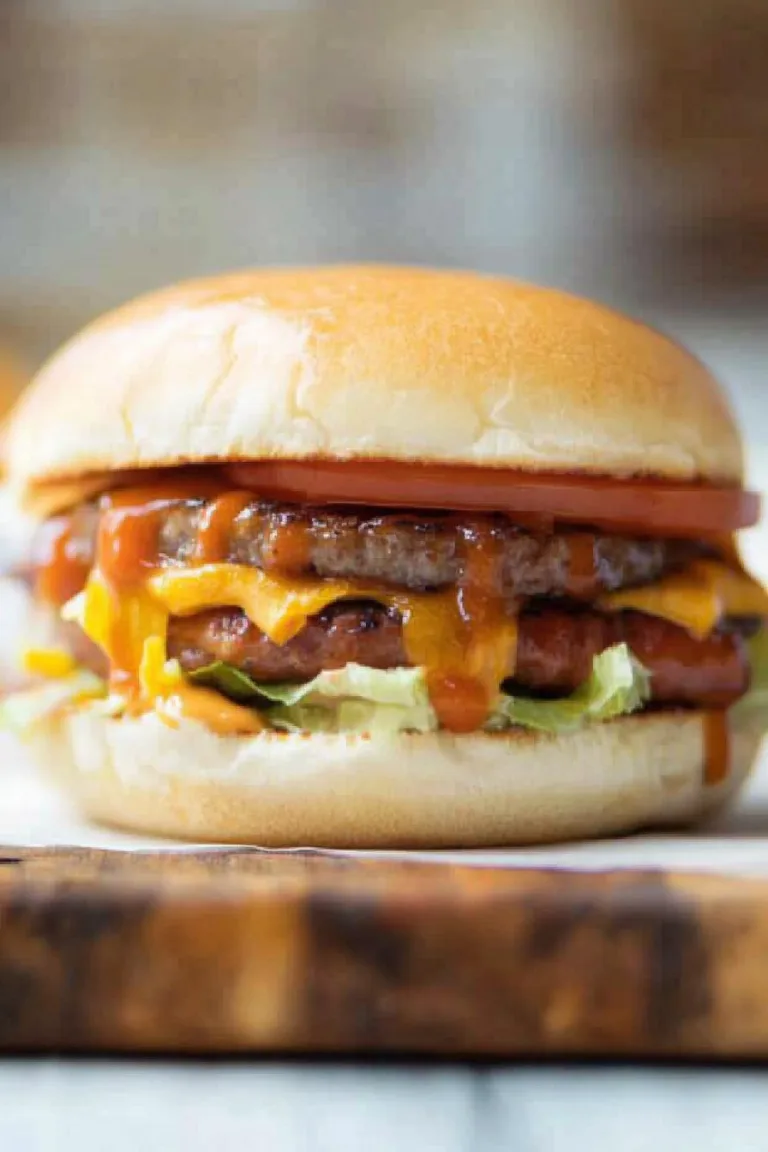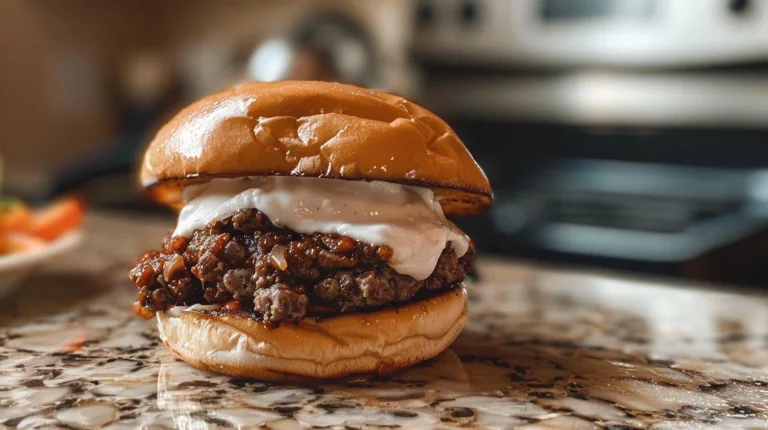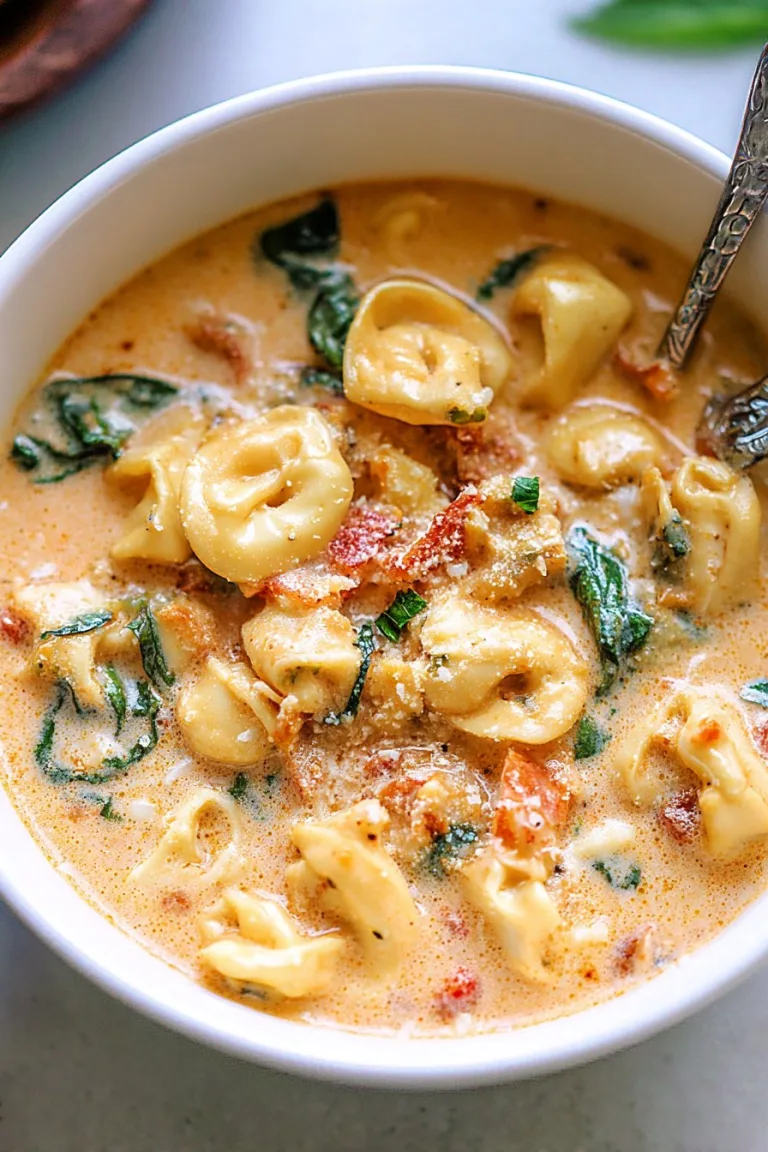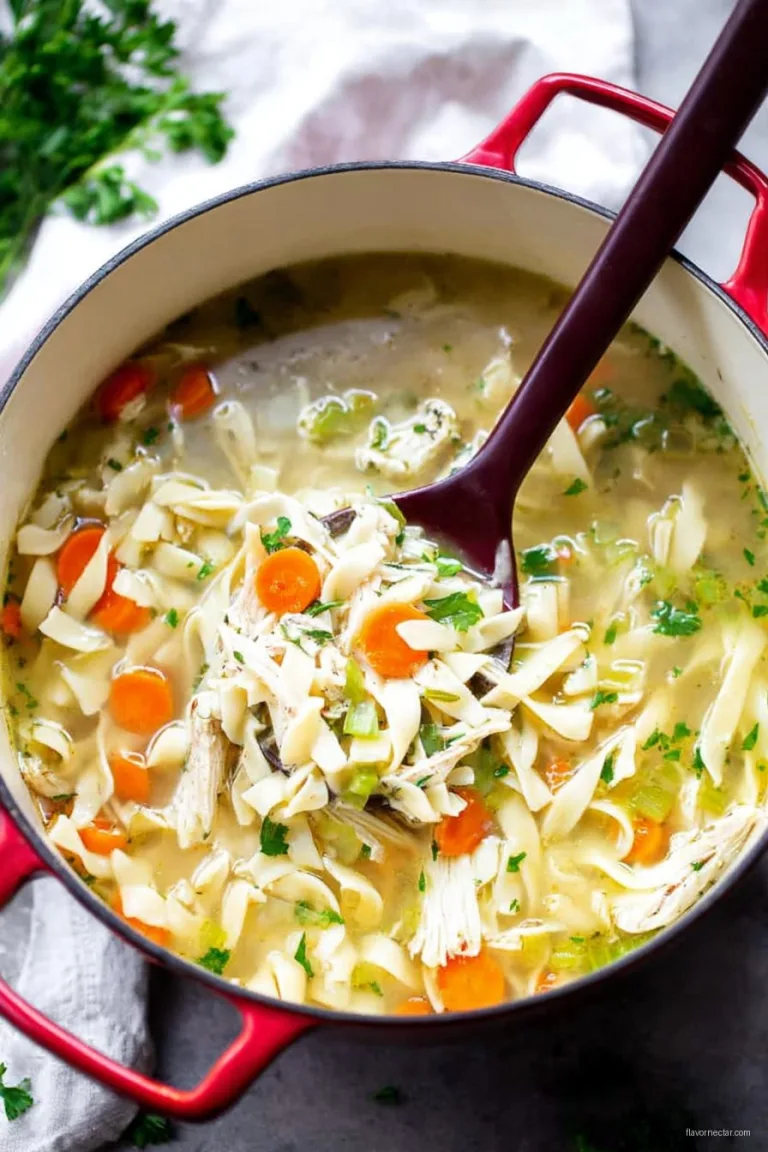Chatting Over Mary Berry’s Dijon Chicken
So, here’s the thing. Every time I whip up Mary Berry’s Dijon Chicken, I’m whisked back to a cozy Sunday dinner at my gran’s (yes, the one with the floral wallpaper and endless tales). I remember her complaining about how the mustard was ‘too zingy,’ but secretly I think she loved it! It’s one of those recipes that’s like a warm hug, you know, comforting and full of flavor. Oh, and before I forget, if you’re expecting perfectly structured sentences here, I’m afraid you’ll be disappointed—but maybe you’ll get a good chuckle instead.
Why You’ll Love This Recipe
I make this when I need to impress (but don’t have hours to spare). My family goes bonkers for this because it’s just the right mix of fancy and homey. Not gonna lie, I struggled with emulsifying the sauce at first (it’s a bit finicky!), but once I got the hang of it, I felt like a kitchen wizard. Plus, it’s great with a glass of wine in hand—who’s judging?
What You’ll Need (Ingredients List)
- 4 boneless chicken breasts (sometimes I use thighs—they’re juicier!)
- 2 tablespoons of olive oil (or butter if you’re feeling indulgent)
- 1 onion, finely chopped
- 2-3 cloves garlic, crushed (because more garlic is always better)
- 1/2 cup chicken stock (or white wine if you’re feeling fancy)
- 3 tablespoons Dijon mustard (my gran swore by Brand X, but any will do)
- 1/2 cup heavy cream (or crème fraîche if you prefer a tang)
- Salt and pepper to taste
- A handful of fresh parsley, chopped (totally optional, but adds a nice pop of color)

Step-by-Step (With a Side of Sass)
- Heat the olive oil in a large skillet over medium heat. Add the chicken breasts, seasoning them with salt and pepper. Cook until golden brown on both sides, about 5-7 minutes per side. (This is where I usually sneak a taste!)
- Remove the chicken, set aside, and cover to keep warm. In the same pan, add the onion and garlic, sautéing until soft and fragrant. Don’t worry if it looks a bit weird at this stage—it always does!
- Pour in the chicken stock (or wine, no judgment here) and bring to a simmer, scraping up any tasty bits from the pan.
- Whisk in the Dijon mustard until it’s all mixed together. Then stir in the cream and let it bubble away until slightly thickened.
- Return the chicken to the pan, simmer for another 10 minutes or so, until the chicken is cooked through and the sauce has thickened to your liking.
- Garnish with parsley if you fancy, or not—up to you!
Extra Notes
Don’t be afraid to adjust the mustard to your liking. I’ve made it with just a tablespoon when the bottle was nearly empty, and it was still delicious. Also, if your sauce splits (it happens!), just whisk in a little extra cream until it comes back together.
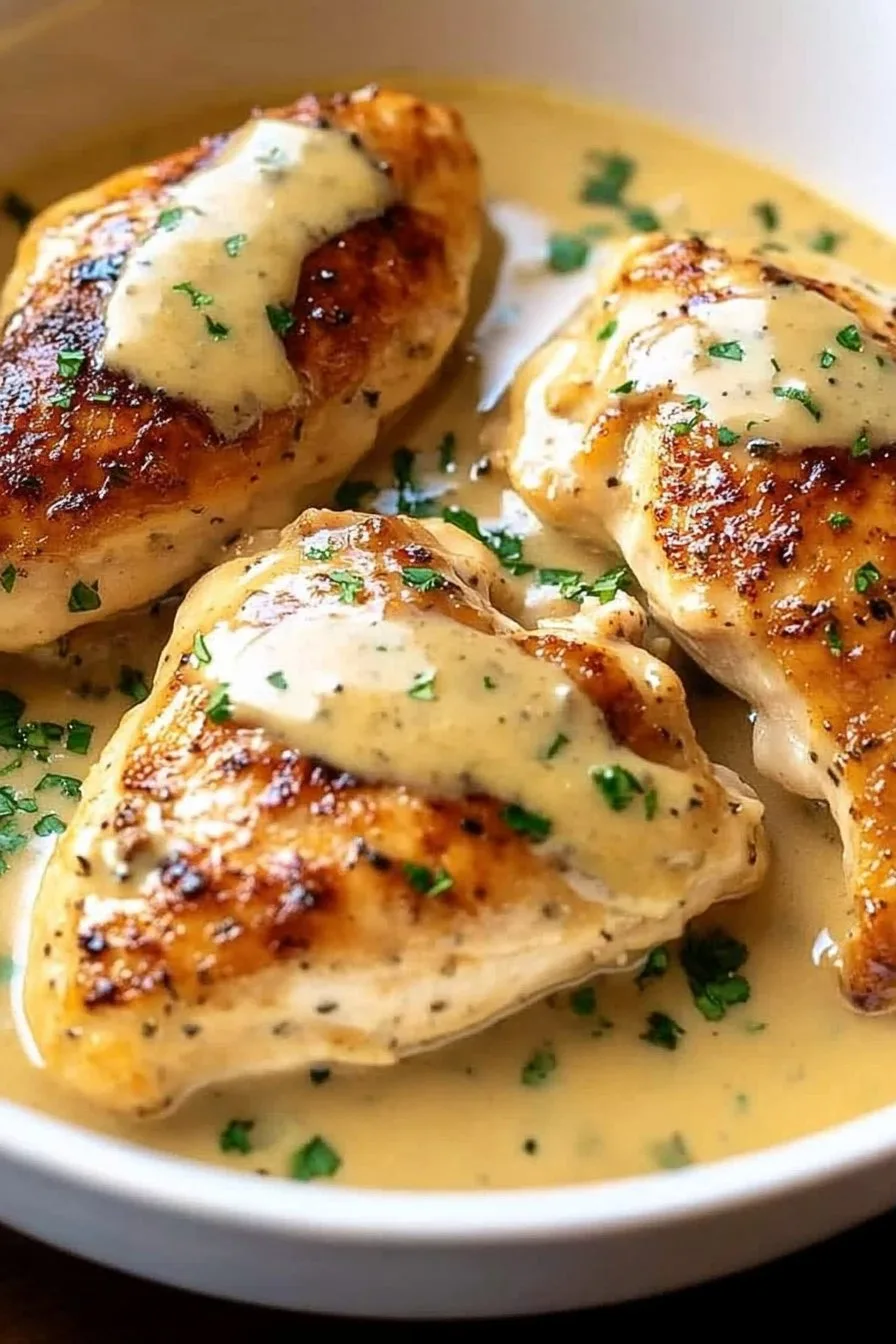
Tasty Variations You Might Try
I once added mushrooms for that earthy vibe, and it was divine. Tried substituting wholegrain mustard once—didn’t quite hit the mark, but hey, live and learn!
What If I Don’t Have the Right Gear?
No worries if you haven’t got a fancy skillet; a large frying pan will do just fine. And if you’re lacking a whisk, a fork works surprisingly well (although it’s a bit of a workout!)

Keeping It Fresh
Store leftovers in an airtight container in the fridge for 2-3 days—though honestly, in my house, it never lasts more than a day!
Serving Suggestions
I love serving this with some crusty bread to mop up that glorious sauce. Sometimes, a side of steamed broccoli does the trick (makes me feel healthier).
Pro Tips from My Kitchen Mishaps
I once tried rushing the sauce step and regretted it because the mustard didn’t blend well. Take your time—you won’t regret it!
You’ve Got Questions, I’ve Got Answers!
Can I make this in advance? Yup, you can make it a day ahead. I tend to think it tastes even better the next day.
Is there a substitute for cream? Sure thing! Use yogurt or crème fraîche if you prefer something lighter.
Can I freeze it? Well, technically yes, but the sauce might separate on thawing. I’d stick to fridge storage myself.



